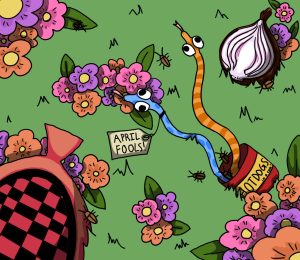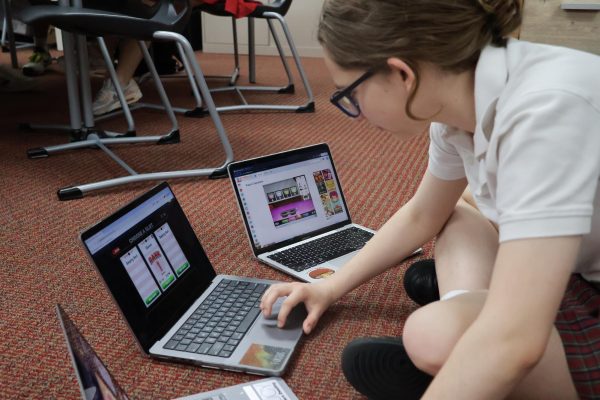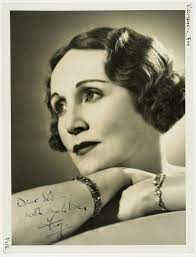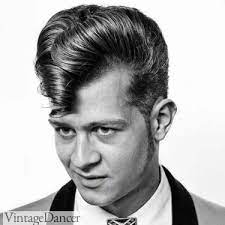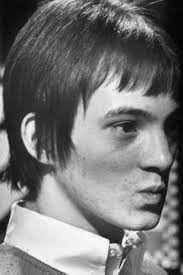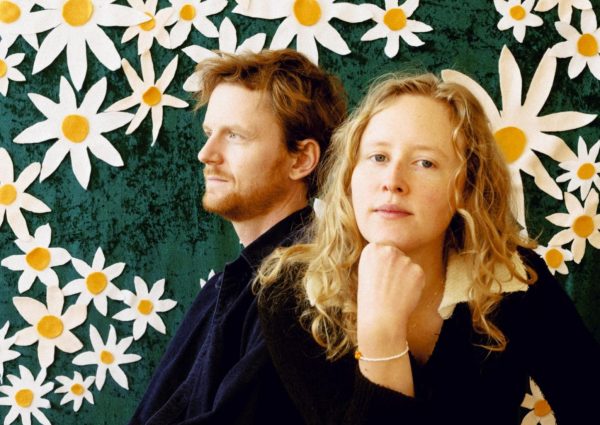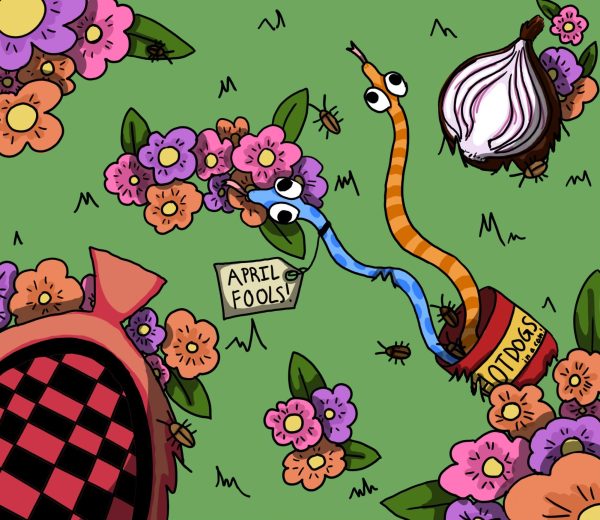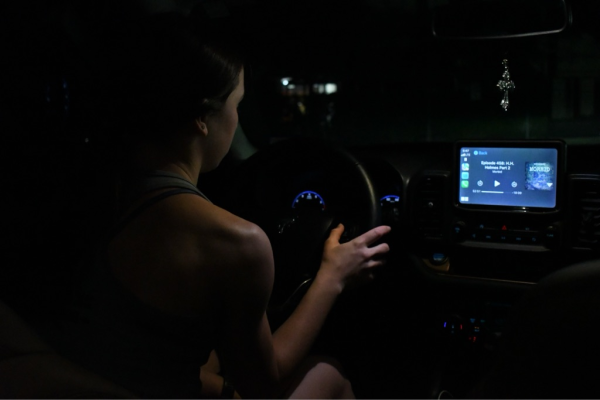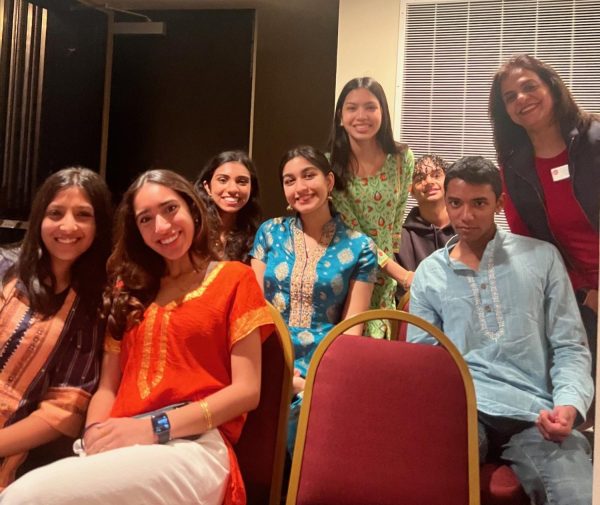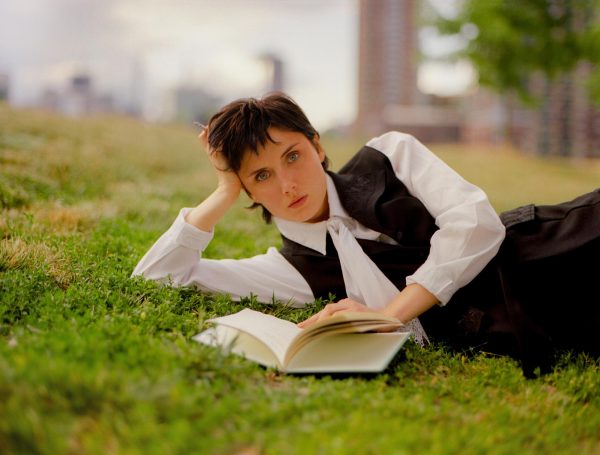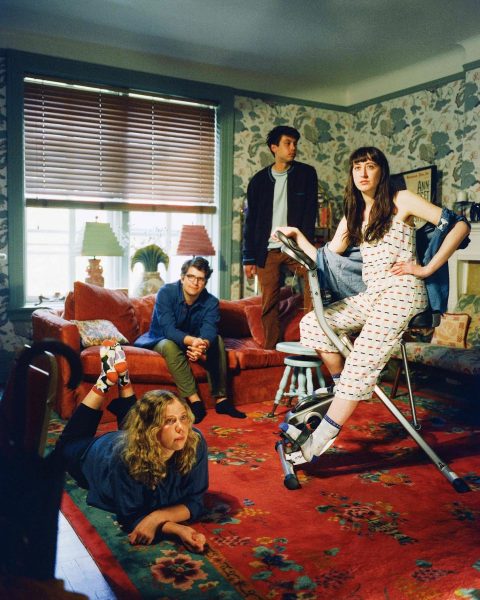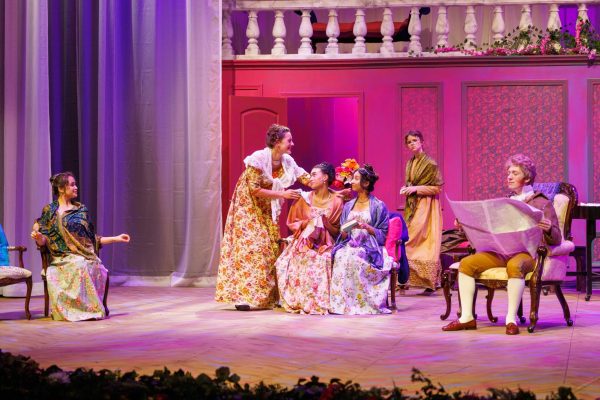AP Art History explores New York museums, views artwork off the page
March 23, 2017
The AP Art History class travelled to New York City from March 2-5 and visited the Metropolitan Museum of Art, the Museum of Modern Art, the Cloisters, The Frick, and the Whitney Museum.
The trip allowed students to visit the famous pieces they studied in class. Paintings such as The Persistence of Memory by Salvador Dalí and Starry Night by Vincent Van Gogh were highlights of the trip.
“There are certain things like texture and lighting that can’t be conveyed through a picture on a computer,” senior Annie Ren said. “ It’s very different seeing something in real life rather than in a powerpoint. Ms. Amley does a great job teaching us, but there’s a certain atmosphere about a quiet museum.”
The class saw art from vastly different time periods. Pieces ranged from Ancient Persian and Greek styles to the Renaissance, Modernist and Post-Impressionist eras.
“The trip has impacted my view on art by forcing me to realize just how much the term ‘art’ encompasses,” senior Miranda Allegar said. “Between the five museums we visited, we saw such disparate yet equally impressive pieces of art.”
The class still experienced New York City outside of its museums. They visited the High Line, a public park built around a disused railroad, and Soho, a neighborhood famous for housing artists. The class saw the opera La Traviata at the Metropolitan Opera House. Allegar remembers that the show was “stunning.”
“Initially, we looked into seeing a play or a musical,” AP Art History teacher Hollis Amley said. “However, we decided that it would be a more unique experience to get dressed up and to go to the Metropolitan Opera.”
Students endured temperatures between 20 and 30 degrees Fahrenheit throughout the trip. The temperature reached as low as 18 degrees during the night of the opera. The class was not used to such chilly weather.
“It was freezing,” Ren said. “All the girls were wearing dresses and some students’ legs were bare, which made it even worse.”
For many students, prior knowledge about art history heightened the significance of seeing original artwork.
“That was the most exciting part of the trip at each of the museums — realizing that these pieces we’d studied for so long were real and tangible and even more amazing in person than their images projected on a whiteboard could have ever shown us,” Allegar said. “I fully realized on this trip the full power that art has on history and in reflecting history.”






